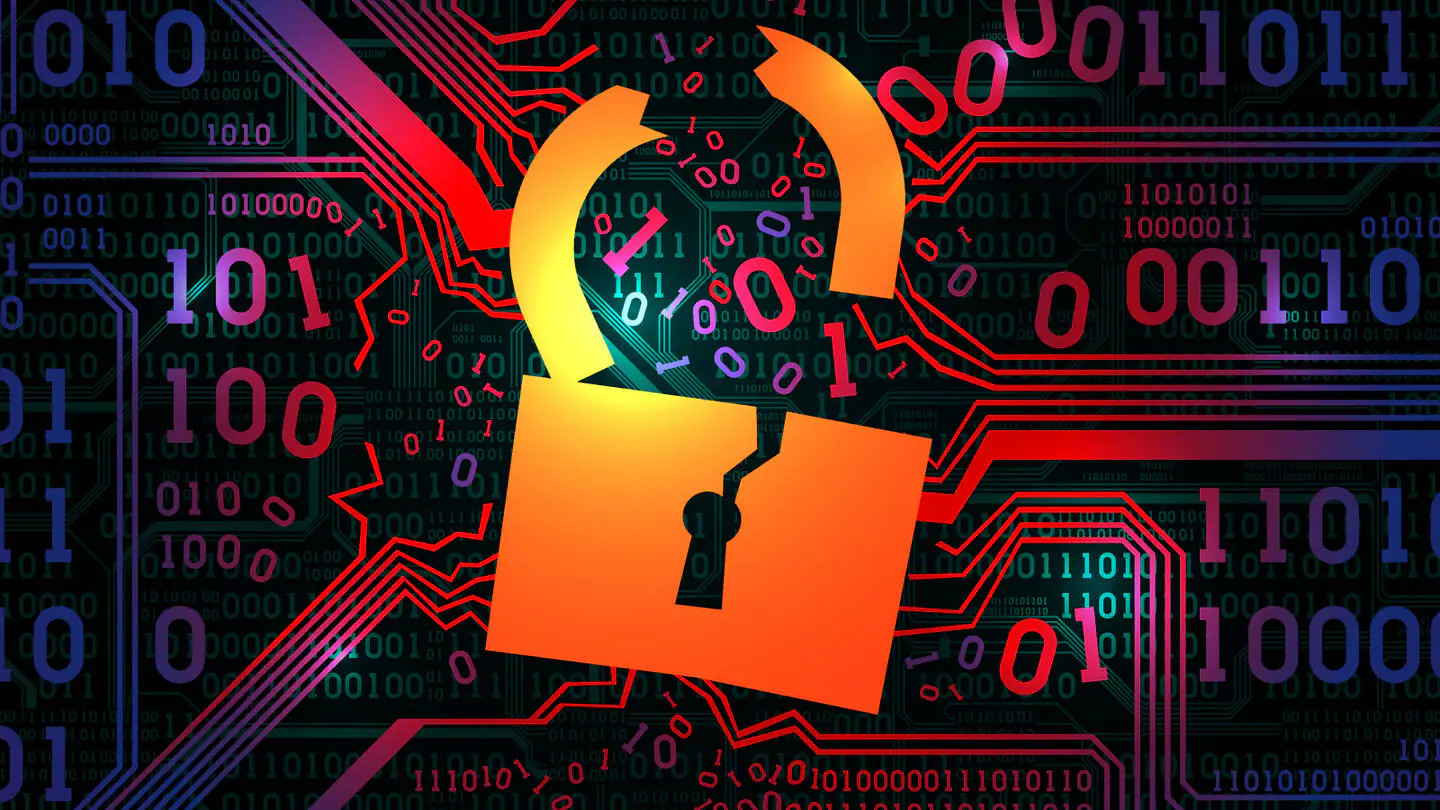As we approach 2024, the urgency to upgrade existing cryptographic systems to quantum-resistant models intensifies. With the rapid advancement in quantum computing, traditional cryptographic systems are increasingly vulnerable to quantum attacks. This article explores the strategies and considerations involved in transitioning to quantum-resistant cryptographic models, a critical step in safeguarding digital information and communication in the quantum computing era.
Understanding the Quantum Threat to Cryptography
Quantum computers, with their ability to solve complex mathematical problems much faster than classical computers, pose a significant threat to current cryptographic algorithms. Algorithms like RSA and ECC, which rely on the difficulty of factoring large numbers or solving discrete logarithm problems, could be easily compromised by quantum algorithms such as Shor’s algorithm.
Strategies for Transitioning to Quantum-Resistant Cryptography
Adopting Post-Quantum Cryptographic Algorithms: The most crucial strategy is the adoption of new cryptographic algorithms that are resistant to quantum computing attacks. These post-quantum algorithms are based on mathematical problems that are believed to be hard for quantum computers to solve, such as lattice-based, hash-based, and multivariate polynomial equations.
Hybrid Cryptographic Systems: Implementing hybrid systems that combine traditional and post-quantum cryptographic algorithms can provide a balanced approach to security. This ensures protection against both conventional threats and future quantum attacks.
Incremental Key Size Expansion: Temporarily increasing the key sizes of current cryptographic algorithms can bolster security against quantum attacks until post-quantum algorithms are fully implemented.
Regular Security Audits and Algorithm Updates: Continuously monitoring and updating cryptographic algorithms is vital. Regular audits can identify potential vulnerabilities and ensure that the latest and most secure algorithms are in use.
Challenges in Upgrading to Quantum-Resistant Cryptography
Standardization: The lack of standardized post-quantum cryptographic algorithms poses a challenge. Global consensus and cooperation are required to adopt uniform security standards.
Infrastructure Overhaul: Upgrading existing cryptographic infrastructure to support new algorithms requires significant investment and technical expertise.
Interoperability: Ensuring that new quantum-resistant systems are compatible with existing technologies and systems is essential for a smooth transition.
Awareness and Training: Educating stakeholders about the quantum threat and training them in new technologies are crucial for successful implementation.
Conclusion
Upgrading existing cryptographic systems to quantum-resistant models in 2024 is a complex but necessary task. It involves not only adopting new cryptographic algorithms but also addressing challenges in standardization, infrastructure, interoperability, and education. As quantum computing continues to advance, the need for secure, quantum-resistant cryptographic systems becomes increasingly critical. The transition to these systems will be a pivotal moment in the history of digital security, requiring coordinated efforts across industries and governments worldwide.







